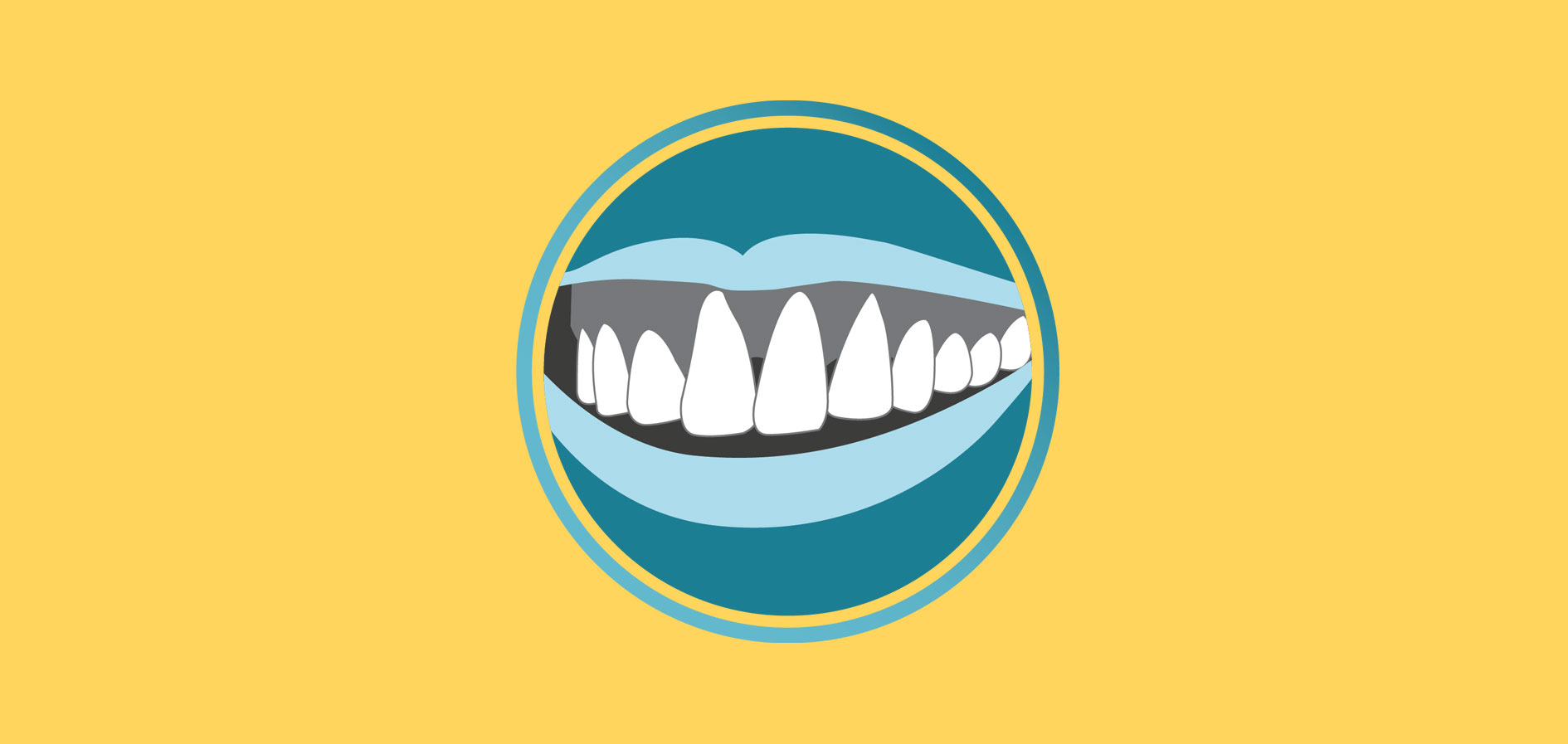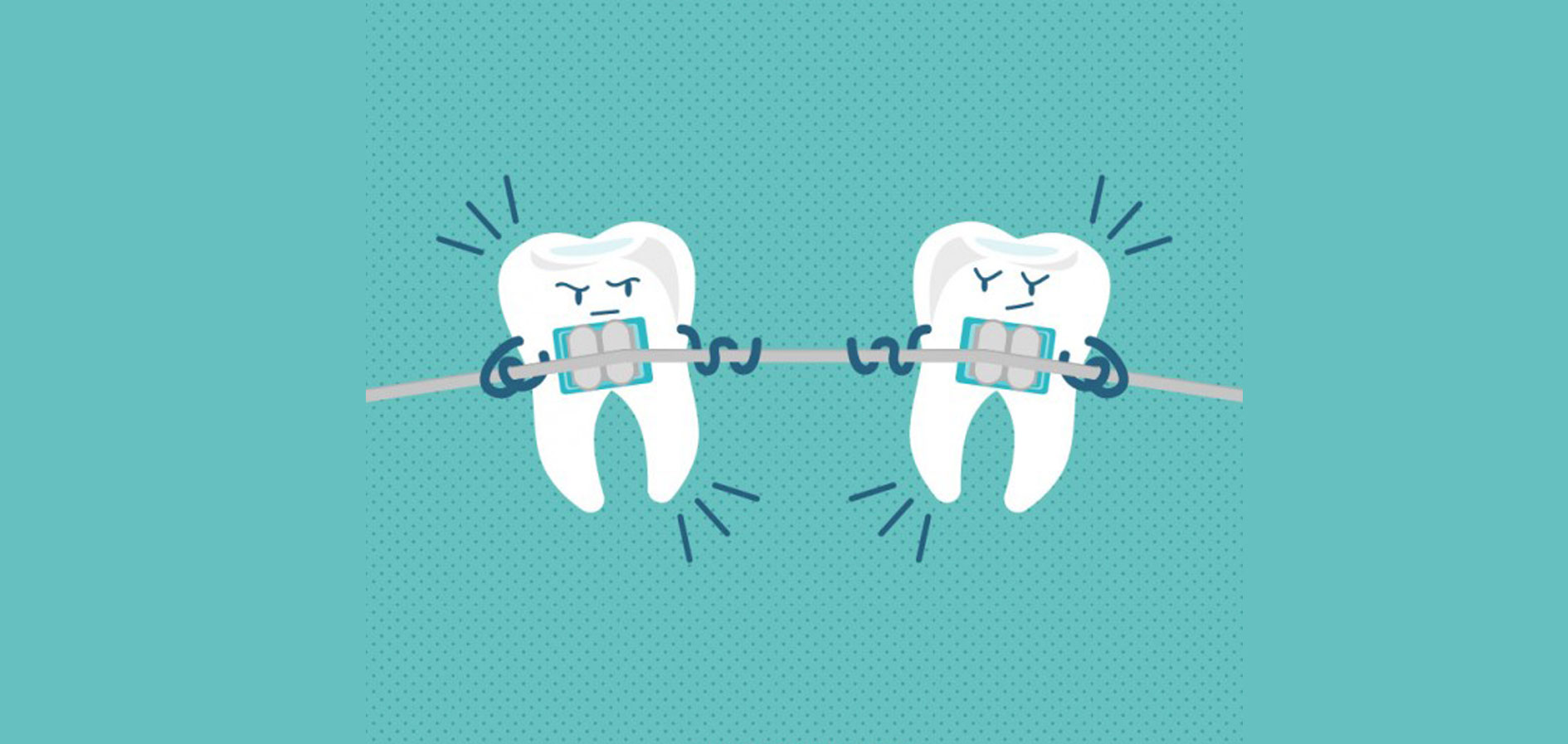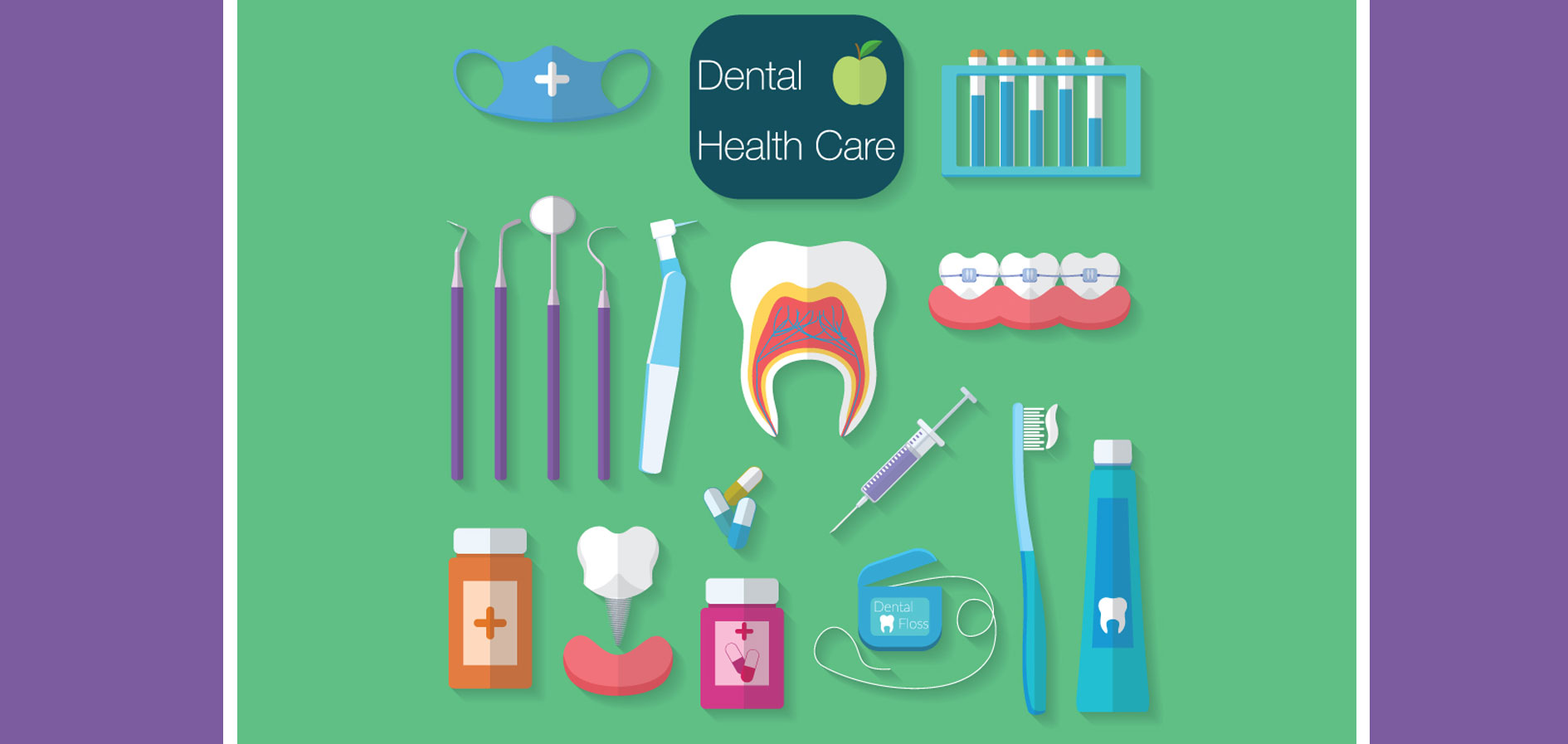- Super User
- Services
- Hits: 1049
Ceramic Veneers
A smile is a curve which can set things straight! However, if you have less than a perfect smile our clinical care team at Viva dent can help you to get the smile you have always dreamed of. If you have a chipped or cracked tooth it can get corrected with the help of dental veneers.
Dental veneers have been used for over 20 years to improve smiles. They are the most commonly used technique for smile makeovers. Most dental veneers are made from porcelain or ceramic and can be colored to match your existing teeth.
Veneers are thin, custom-made shells crafted of tooth-colored materials designed to cover the front side of teeth The very first and primary advantage offered by veneers is that they make the teeth look natural and healthy. Unlike dentures, these do not have an artificial appearance about them. Also, the process of applying veneers at Viva dent is very fast and easy. A veneer dental treatment is the only cosmetic dental solution that offers quick and dramatic results.
Tooth veneers are capable of correcting multiple flaws pertaining to the teeth like chipped or fractured teeth, stains, discoloration and teeth gaps. Dental veneers do not just contribute to the aesthetic beauty of your smile. Veneers also improve the function and strength of your teeth. If you are not happy with the shape, position or color of your teeth then you should consider this procedure. Apart from making the teeth look brighter and whiter, veneers can also make chipped teeth look complete again and cover the gaps between your teeth.
In order to successfully place dental veneers in your mouth, you will need at least two dental appointments, one for customizing the veneers to match the color of your teeth. Once these shells are created, the dentist will put them on your teeth for you to take a look. If you approve of it then the shells are held in place with a special bonding adhesive to last for a really long time.
Which type of veneers to use, may depend on many factors, however the most frequent criteria is thickness of needed ceramic and color of patient’s teeth.
After simulation of the new smile with DSD (Digital Smile Design), we can clearly determine ideal volume of the future teeth.
Based on the needed volume, ceramic veneers are divided into three categories.
• Ceramic veneers are used when the final volume is lesser or similar to the original teeth, or where the teeth keep the same position on the lip, or should be moved slightly inward. The most frequent type of veneers.
• Prepless veneers are used when final volume of teeth is bigger than the original teeth, or when volume is added to move the teeth forward. This case does not require grinding, but adding material.
• Ceramic fragments are used when we wish to add a fragment of tooth, it does not require grinding.
With teeth discoloration we choose the type of ceramic depending on the existing teeth color, and final color we wish to achieve.
We mostly use pure ceramic, which imitates perfectly natural tooth, and has excellent resilience. It is used when color difference is not strong, and if the teeth function is good.






